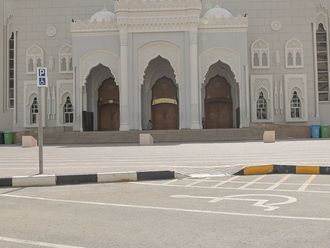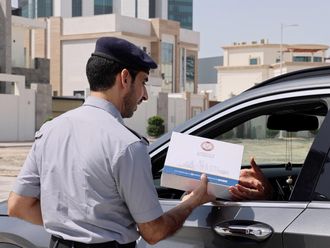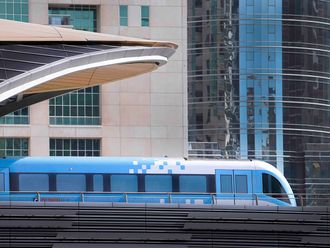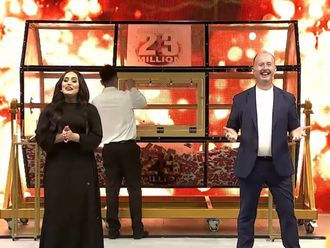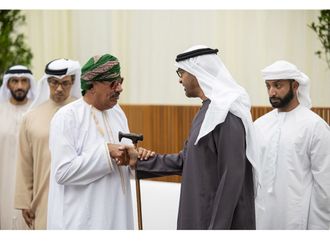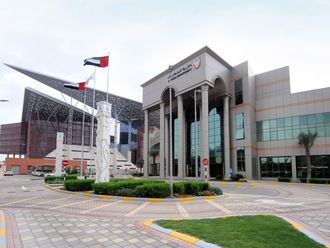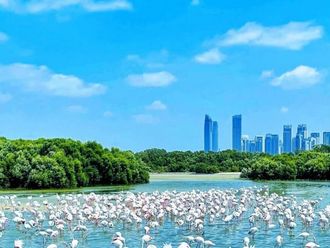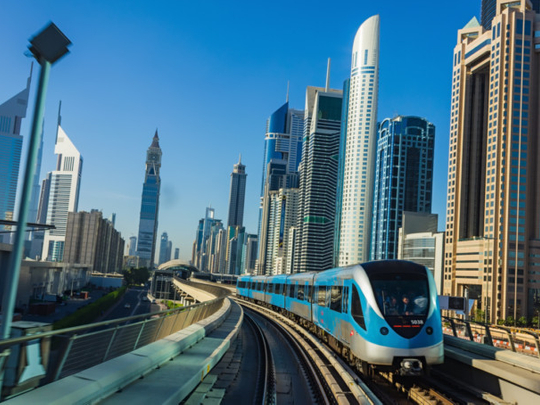
Dubai: On September 9, the Dubai Metro celebrated a milestone with its 10-year-anniversary.
The metro first started out as a flagship project in 2009 with one line and 10 stations, and since then has grown exponentially with a rail network of 75 kilometres, two lines – Red and Green – with a total of 49 stations.
For Emiratis, the metro project was the start of Dubai’s journey of incorporating technology and autonomous vehicles into its infrastructure, which ultimately revolutionised the ease of mobility for residents.
A cross section of Emiratis spoke to Gulf News on the 10th anniversary of the metro, and explained how the ambitious rail network was able to make such a deep imprint on the City of Gold.
Hamad Sajwani, 33, first pointed out that the metro has undoubtedly become beneficial to the network of transportation in Dubai, which helped place it among other global cities and top destinations around the world.
“Any major city has to work on its infrastructure, and as part of the development on the economy, it is essential that the issue regarding mobility of labour is addressed. Dubai did a great job in enhancing the infrastructure of the city, which complemented the emirate’s ambition to becoming a global city, a business hub, and a major player in the global economy,” said Sajwani.
“We look forward to the metro expansion operating in different aspects, and to see the implementation of a metro between Dubai and Abu Dhabi… The goal is to have all the phases completed so that you reach the day when you no longer need to use the car at all.”
Khaled Al Ghaith, 44, agreed that the metro has changed the landscape of the city over the course of a decade, which encouraged residents to move their homes closer to the stations and for businesses to move their shops.
“Without the metro, Dubai wouldn’t be the city it is today. The impact it made on transportation has been an important one as people who cannot afford the high rate of taxis have access to a cheaper alternative. It also gives the younger generation a chance to see the city from a different view, to see how it has grown and watch what is going on around them,” said Al Ghaith.
“Ten years ago, the metro was regarded as an interesting experiment. I was one of the first group of Emiratis who rushed to the station to buy a Nol card, and went on the train on the first day it was launched because I wanted to find out what it would feel like. Until today, its actually being used a lot. I feel that the metro should be used in other cities of the UAE, as it would change the dynamics of the country,” he said.
Faisal Al Qasim, 36, pointed out the pivotal role that the metro has played in Dubai’s economy, which generated a revenue of US $18 billion (Dh66 billion) from its inception in 2009 until 2016.
“The business of the metro itself has played a vital role in the economy and although it may be hard to notice at first because Dubai is such a big city, traffic congestion has also been cut. Public transportation has become safer than it used to be, and the metro reflects the amount of thought and calculation that authorities have put into the development of the infrastructure,” he said.
“Until this day, I continue to use the metro whenever I have to reach Jebel Ali or visit the Trade Centre as it saves me the hassle of getting stuck in traffic jams while looking for a parking spot.”


